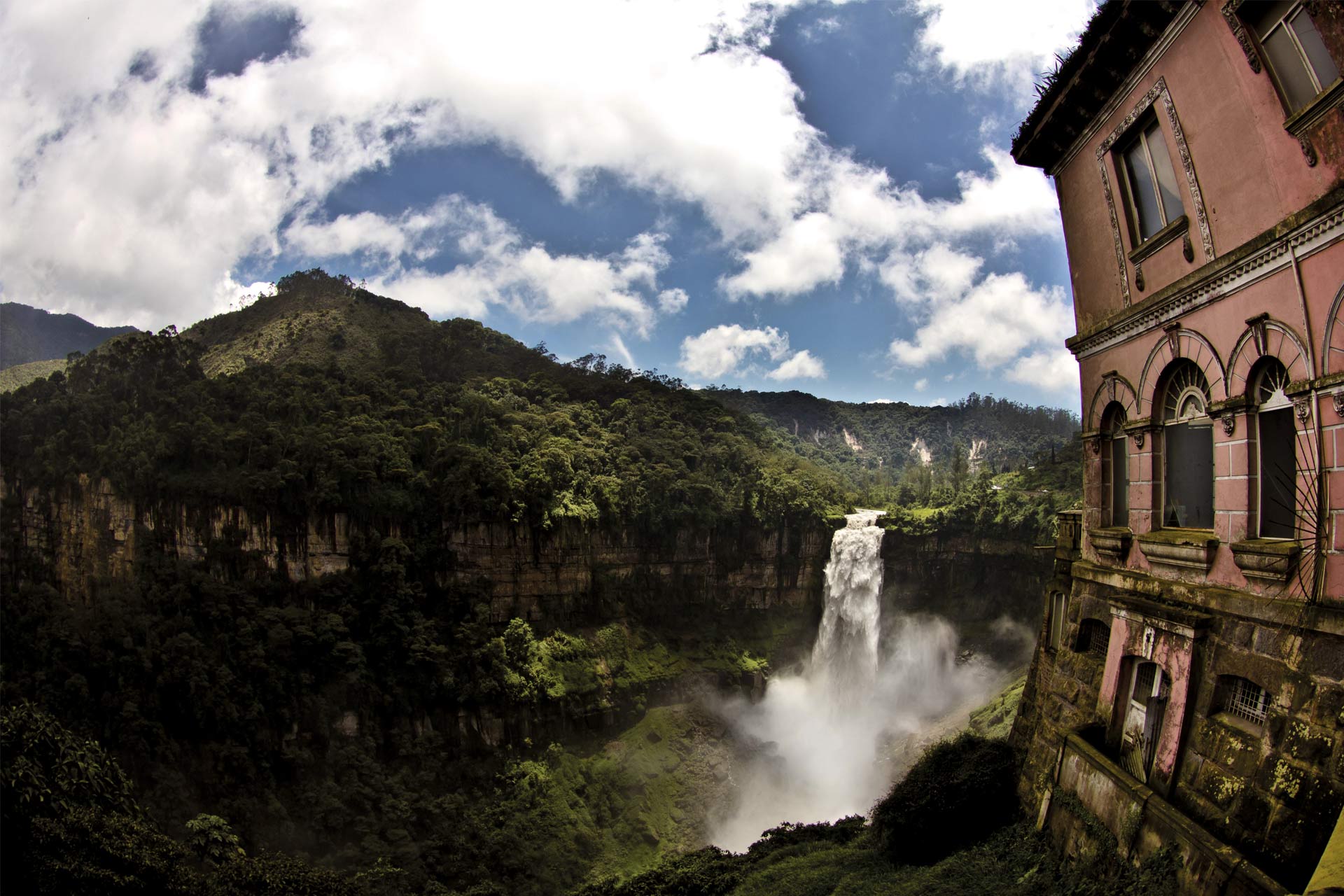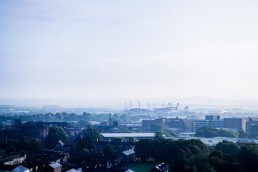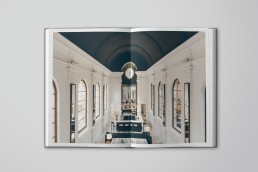There’s something rather poignant about a palatial ruin, be that the Roman Forum, Machu Picchu or Cambodia’s Angkor Wat. Structures that were once built to last, built to impress, built with style and grandeur, now besieged by nature and suspended in time.
More remarkable is how the most ostentatious of buildings, many of which are former hotels, have fallen into such disrepair. Delving into the decline of what were once homes and holiday resorts for the wealthiest members of society, Abandoned Palaces by Michael Kerrigan uncovers the reasons behind the abandonment of these colossal constructions, from changing trends to politics, bankruptcy and natural disasters.
One example is the deserted Royal Hotel on Hachijojima Island in Japan (seen above in the headline image). A once-luxurious resort, built during the early 1960s when the region was economically on the rise, now sits as an overgrown, crumbling heap due to a cautious government discouraging foreign travel, with newly affluent potential guests encouraged to find their jet-set luxury nearer to home. Despite becoming the centrepiece of Hachijojima – billed at the time as the ‘Hawaii of Japan’ – the resort closed in the 1990s after restrictions were relaxed and has stood empty ever since, its French Baroque architecture gradually decaying into a backdrop teeming with a different kind of life.
Similarly bleak conclusions took place at Corsica’s Grand Hôtel de la Forêt Vizzavona and Sonsneado Hot Springs Hotel in Mendoza, Argentina – both of which known as idyllic getaways for holidaymakers in their heyday. The former flourished during the late 19thcentury before being shut down soon after World War II, while the latter was abandoned just 15 years after opening its doors in 1938, leaving just a hollow shell in the midst of an austere landscape. It’s believed that the swimming pool here can still be used, although I’m not sure the occasion would ever occur, given the sight of the snow-shrouded Andes brooding in the background.
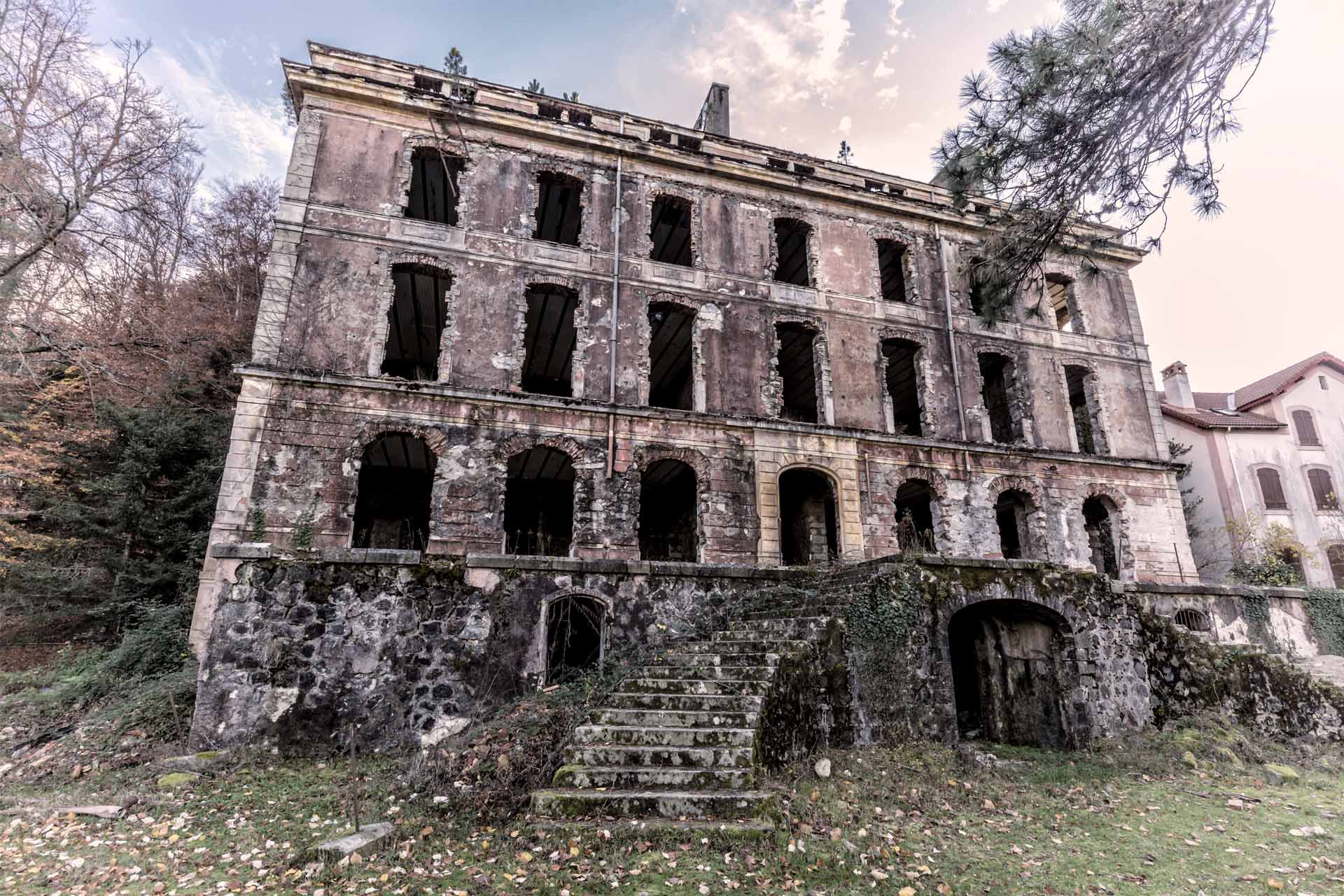
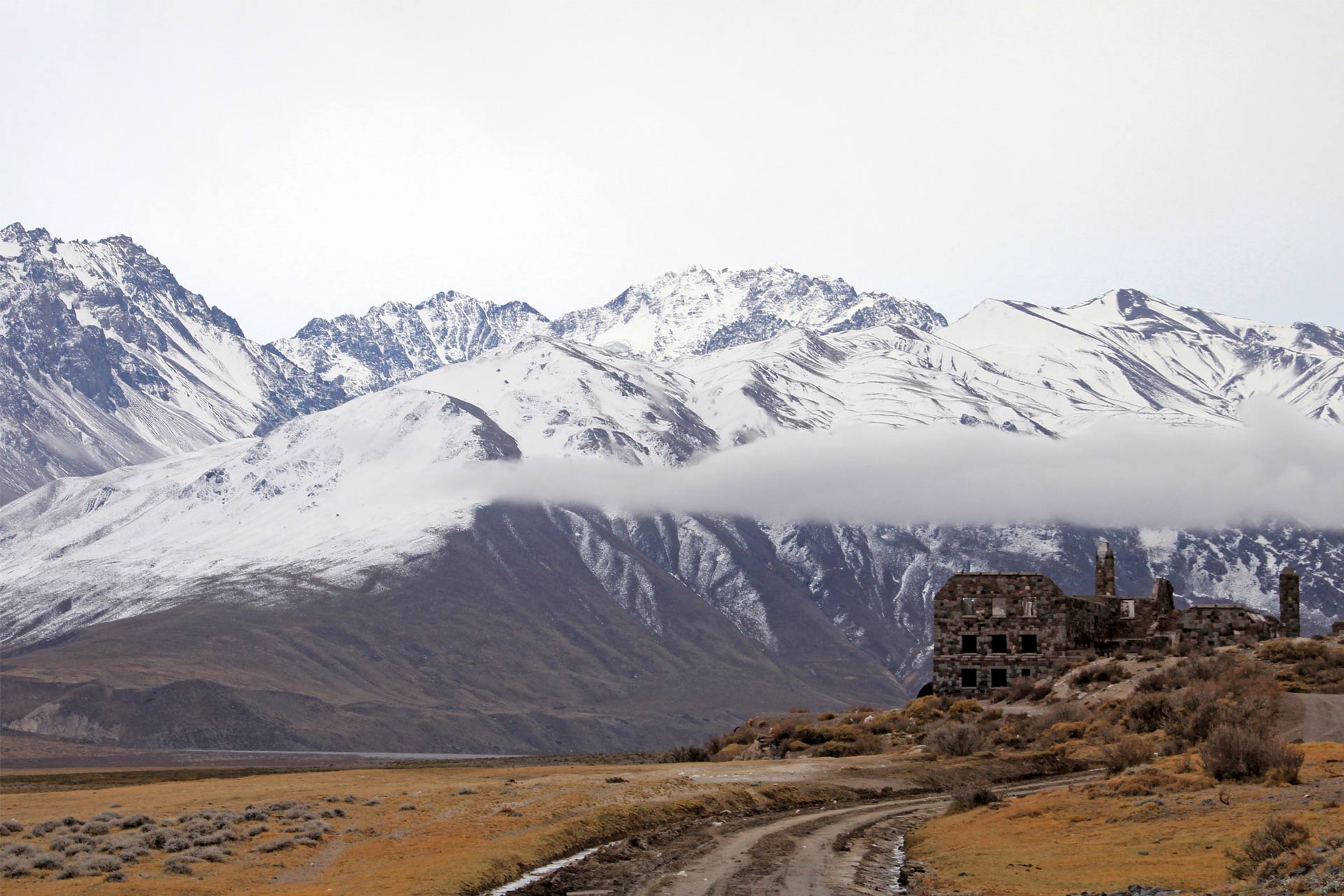
Meanwhile in Russia, the castle-like Dacha Kvitko hotel stands by the Black Sea shore, beside the coastal road just a short way south of Sochi. The building dates back to the turn of the twentieth century, when the area opened up as a subtropical seaside resort. This continued unabated into the Soviet era, whilst acquiring a new aesthetic (modern, constructivist) and social tone (official, workerist). Big, barracks-like hotels sprang up during Stalin’s reign, arguably more reminiscent of Hitler’s Prora than of what might be expected on any riviera. Dacha Kvitko’s special charm is in reminding natives of the romance and exoticism of the country’s coast, and the escape it offered so many generations from the humdrum routines of Russian life.
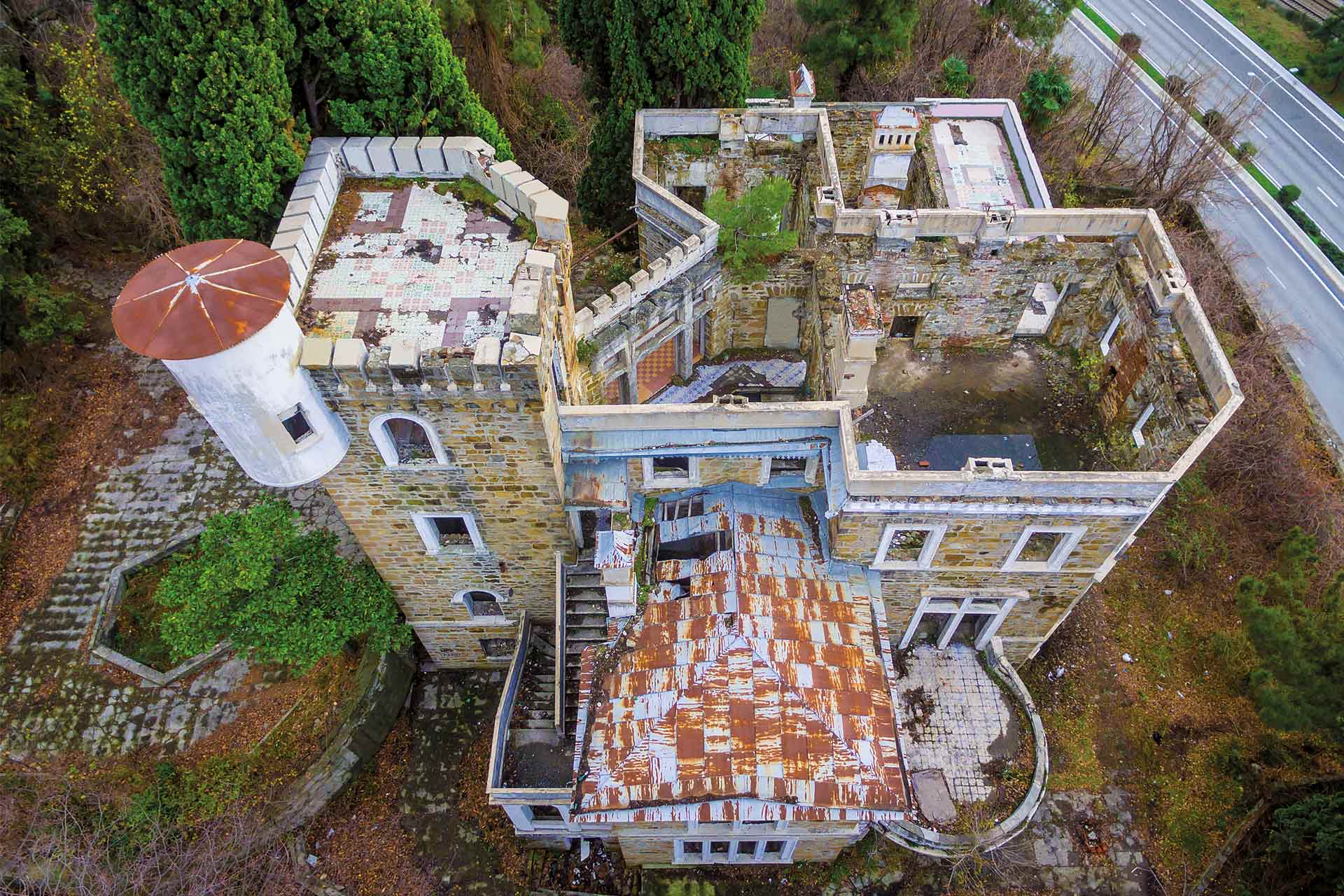
Finally, Hotel del Salto was situated beside the awe-inspiring Tequendama Falls on the Bogotá River, 30km west of the Colombian capital. Translating to the ‘Hotel of the Jump or Leap’, it was originally built in 1923 as a private mansion, before becoming a hotel just five years later. Water management and construction work nearby left the river hopelessly contaminated, and the property was forced to close its doors in 1940. It remained in its abandoned state until 2014, when it was renovated for use as a biodiversity museum.
